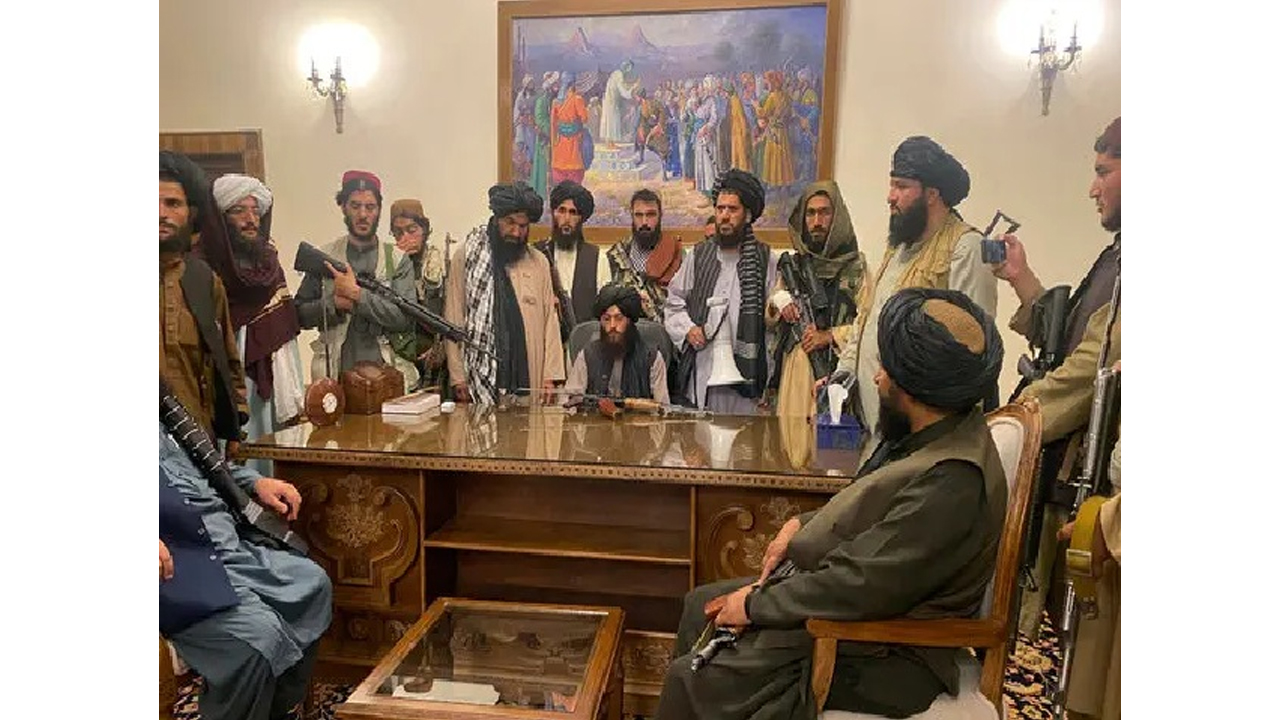Introduction:
The Taliban, a fundamentalist Islamic group, has been a significant player in the political landscape of Afghanistan since the 1990s. Emerging from the chaos of civil war, the Taliban rose to power, imposing its strict interpretation of Islamic law and establishing a regime that had far-reaching consequences both domestically and internationally. In this article, we delve into the origin and history of the Taliban, exploring the key factors that contributed to their rise and the subsequent impact on Afghanistan and the world.
Historical Context:
The roots of the Taliban can be traced back to the Soviet-Afghan War of the 1980s, when the United States and its allies supported Afghan resistance fighters, commonly known as the Mujahideen, against the Soviet Union's occupation. Following the Soviet withdrawal in 1989, Afghanistan plunged into a state of civil war as various Mujahideen factions fought for control. Amidst the power vacuum and widespread lawlessness, the Taliban emerged as a force seeking to restore stability and implement their vision of an Islamic state.
Rise to Power:
The Taliban, meaning "students" in Pashto, primarily drew their support from religious schools (madrasas) in Afghanistan and refugee camps in Pakistan. Led by Mullah Mohammed Omar, a former Mujahideen fighter, the Taliban gained momentum in the mid-1990s by capitalizing on the war-weary populace's desire for security and order. With promises of justice and an end to corruption, the group rapidly expanded its influence, particularly in the southern and eastern regions of Afghanistan.
By 1996, the Taliban had captured Kabul, the capital city, and established the Islamic Emirate of Afghanistan. Under their rule, the Taliban implemented a strict interpretation of Islamic law, imposing restrictions on women's rights, banning forms of entertainment, and carrying out public executions. They also provided sanctuary to international terrorist organizations, most notably Al-Qaeda, leading to strained relations with the international community.
International Response:
The Taliban's oppressive policies and their support for terrorism drew international condemnation. In 2001, following the September 11 attacks in the United States, the Taliban faced military intervention by a coalition led by the U.S. As part of Operation Enduring Freedom, the coalition aimed to dismantle Al-Qaeda and remove the Taliban from power.
Fall from Power and Resurgence:
The U.S.-led coalition swiftly toppled the Taliban regime by the end of 2001, forcing its leaders into hiding and scattering its fighters. However, the subsequent focus on the Iraq War diverted attention and resources away from Afghanistan, allowing the Taliban to regroup and launch an insurgency against the newly formed Afghan government.
Over the years, the Taliban gradually regained strength, exploiting grievances among marginalized communities, particularly in rural areas. With sustained insurgency and a series of targeted attacks, they reestablished their presence in many regions, challenging the Afghan government's authority and control.
Recent Developments:
In 2020, negotiations between the Taliban and the United States resulted in the signing of the Doha Agreement, which paved the way for the withdrawal of foreign troops from Afghanistan. Subsequently, the Taliban intensified their military campaign, capturing several provincial capitals and culminating in the fall of Kabul in August 2021. The events unfolded rapidly, leading to a hasty evacuation effort and leaving Afghanistan in a state of uncertainty.
Conclusion:
The origin and history of the Taliban are a testament to the complex dynamics of Afghanistan's political and social landscape. Emerging from the aftermath of the Soviet-Afghan War, the Taliban capitalized on the vacuum of power, promising stability and an Islamic state to a war-weary population. Their strict interpretation of Islamic law, repression of women's rights, and support for international terrorism garnered global attention and condemnation.
Although initially ousted from power in 2001, the Taliban managed to regroup and launch a resilient insurgency against the Afghan government. The subsequent withdrawal of foreign troops and the hasty fall of Kabul in 2021 highlighted the challenges faced by Afghanistan in achieving lasting peace and stability.
The future of Afghanistan remains uncertain, with the Taliban once again in control. The international community is closely monitoring the Taliban's actions, particularly regarding human rights, inclusivity, and counterterrorism efforts. The impact of the Taliban's rule on Afghanistan's population, particularly women and minority groups, is a point of concern.
Understanding the origin and history of the Taliban is crucial in comprehending the complex dynamics of Afghanistan's political landscape. It serves as a reminder of the importance of addressing the underlying issues of governance, security, and social justice to ensure a stable and prosperous future for the Afghan people. Efforts toward inclusive governance, reconciliation, and socio-economic development are essential in building a sustainable peace in Afghanistan and preventing the resurgence of extremist groups.
As the situation continues to unfold, it is paramount for the international community to engage with Afghanistan, supporting efforts for peace, stability, and the protection of human rights. The lessons learned from the rise and fall of the Taliban should guide future endeavors to prevent the reemergence of extremist ideologies and foster a society that upholds democratic values, human rights, and equality for all Afghans.

Comments